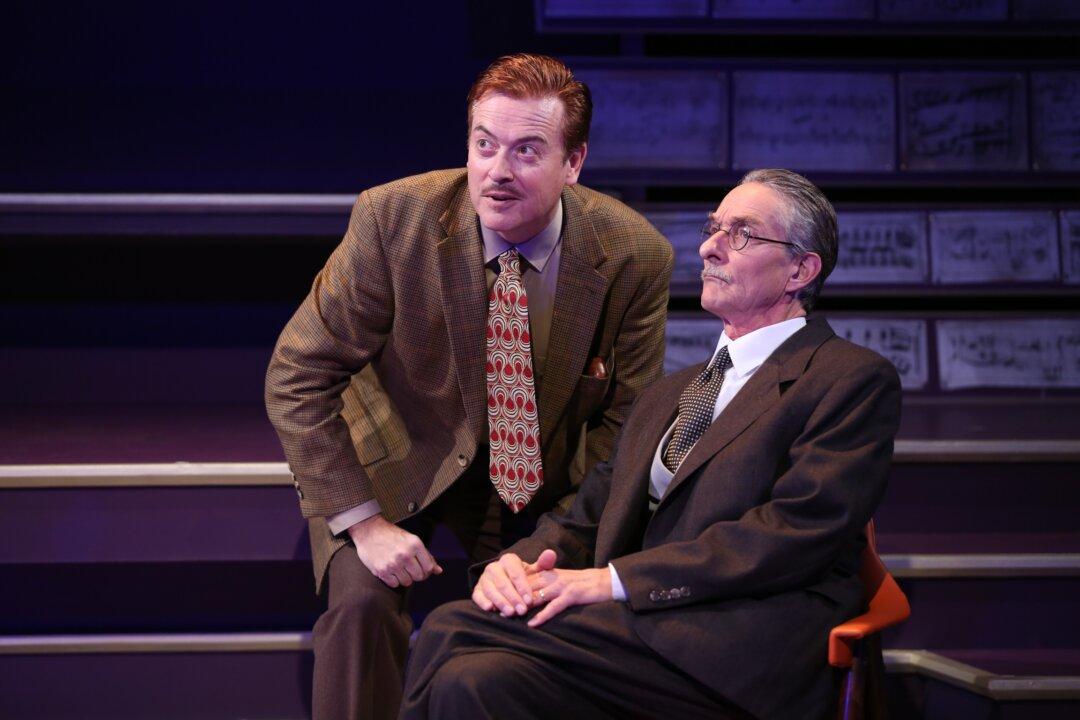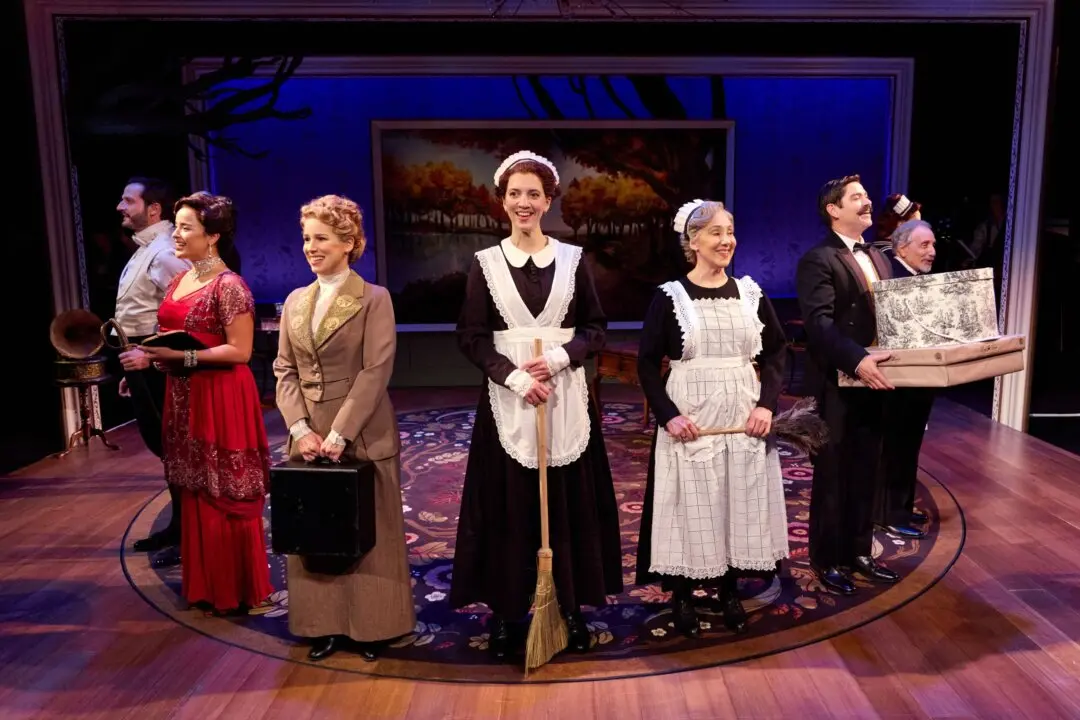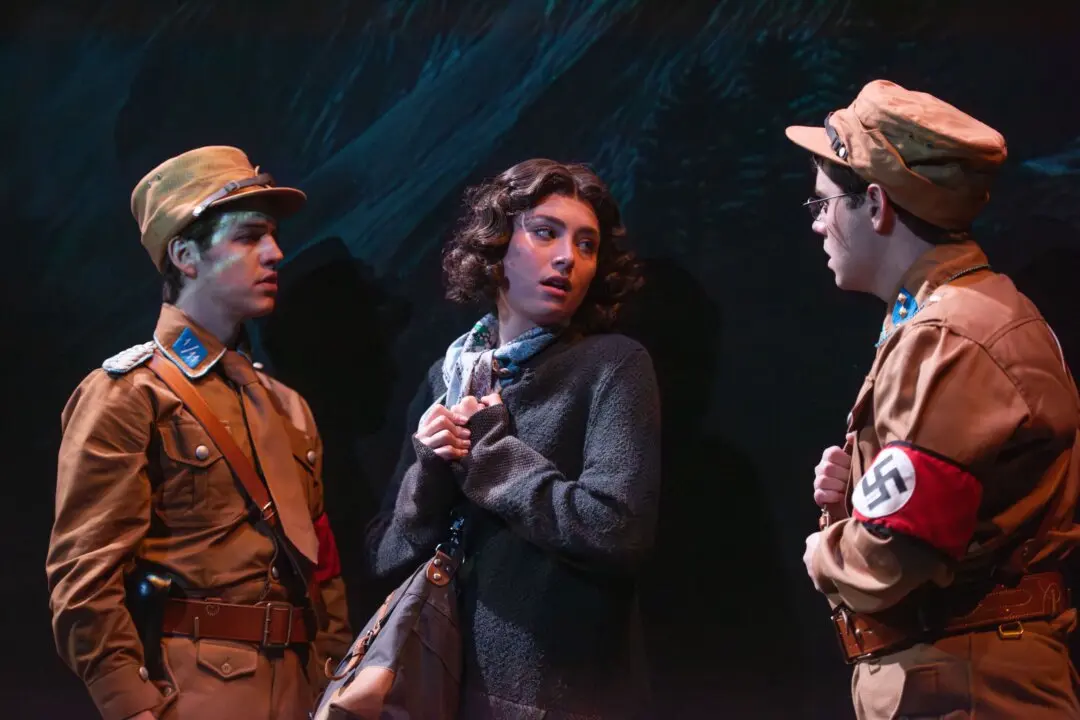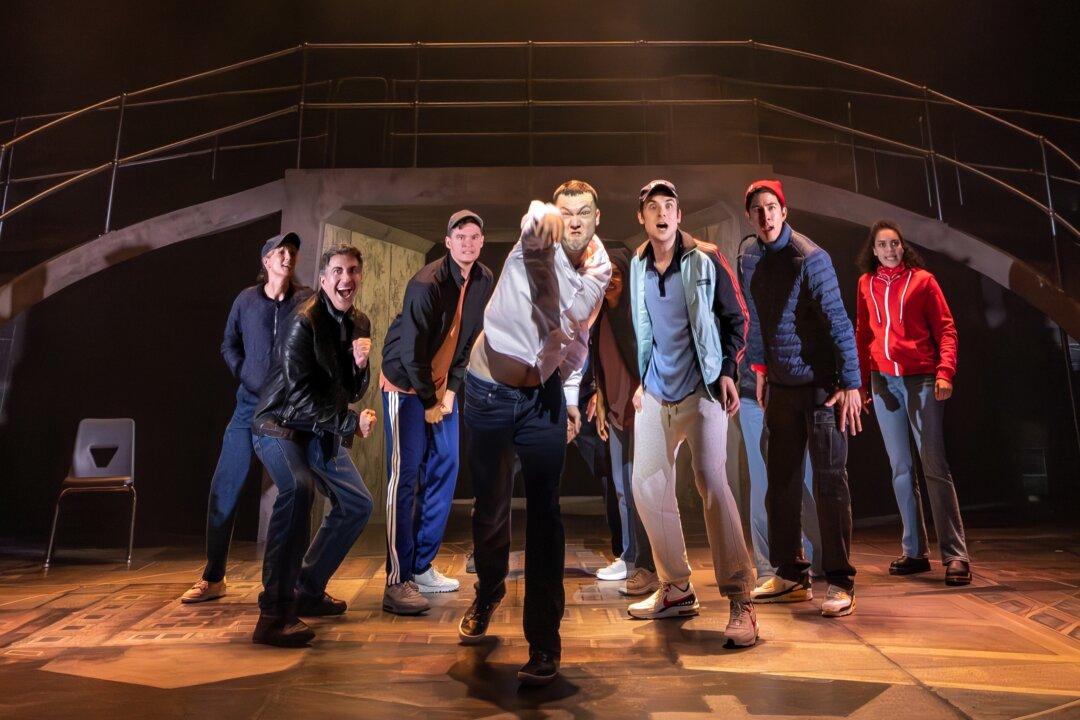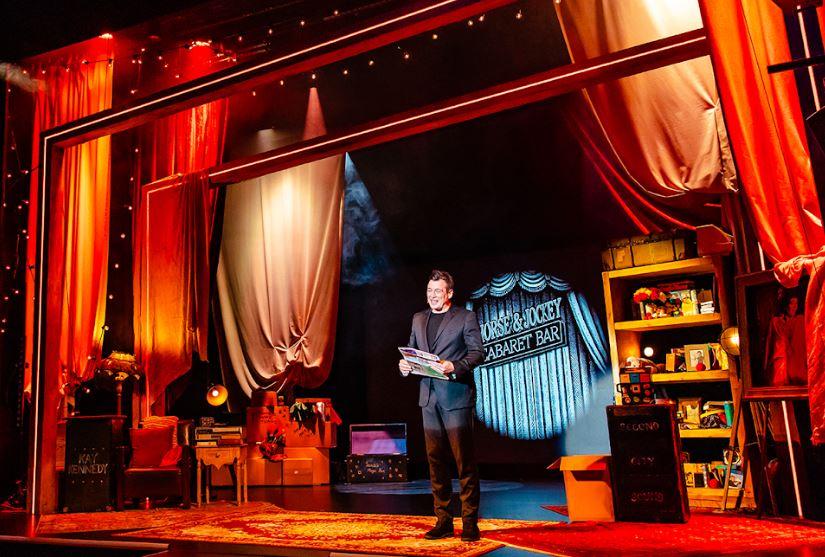NEW YORK—The age-old battle of art versus commerce takes center stage in Frederick Stroppel’s two-character work, “Small World: A Fantasia,’ presented by Penguin Rep Theatre at 59E59 Theaters. Although the play offers no clear winner, it does bring up some interesting points.
In 1939 California, studio head Walt Disney (Mark Shanahan), basking in the success of his animated masterpiece “Snow White and the Seven Dwarfs” is hard at work at his latest effort in the genre: “Fantasia.”

